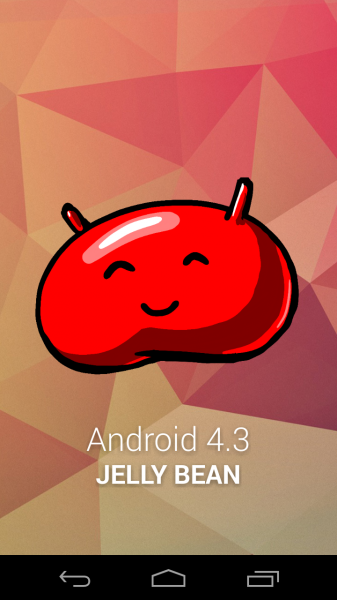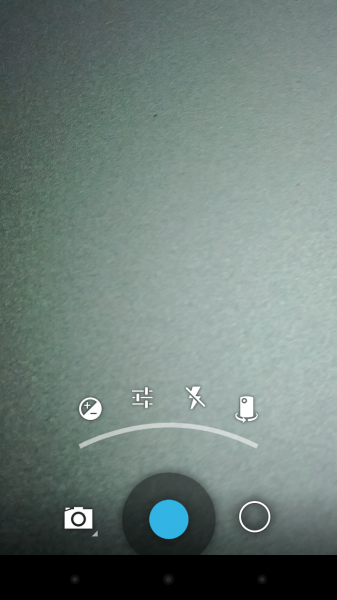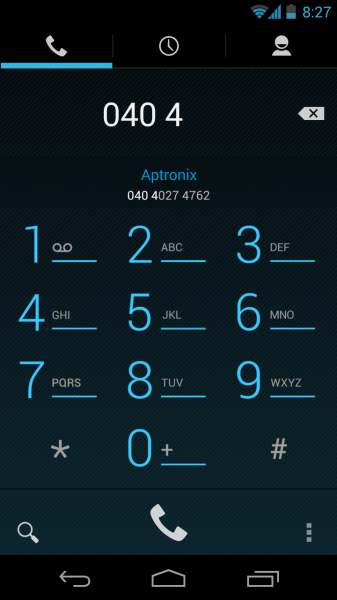Android 4.3 is something everyone expected to be released at I/O 2013, but didn’t. Google instead brought updates to its Android apps including Gmail, Maps, Hangouts and more, though it didn’t satisfy many people.
Now, two months after I/O, Google unveils Android 4.3. Here are the first impressions.
To begin with, 4.3 (which is still called Jelly Bean) isn’t a huge update. You might as well not recognise any difference between 4.3 and 4.2! Because, the changes are mostly under the hood.
Camera interface
This is probably the only big ‘visual’ change one can observe. I’ve always loved the ‘radial menu’ Camera UI in Android. But it isn’t very easy to use, this update fixes it.
When you first tap on the screen, you get an arc of options including brightness, settings and more. As you select an option, it digs into the preferences and allows you to change it.
There’s also no jarring animation when you rotate the screen, while in Camera app. Photosphere seem to be improved as well, with better stitching of photos.
Bluetooth LE
Android 4.3 will support the Bluetooth Low Energy specification. What this means for consumers is, Android devices will now be able to communicate with fitness devices like Nike Fuel Band or smart watches like Pebble.
This will also decrease the power consumption of device while Bluetooth is on.
OpenGL ES 3.0
OpenGL is an API for creating 3D objects and modifying visual effects in video games. Jelly Bean 4.3 brings support for OpenGL ES 3.0 which allows for creating complex lens flare effects, shading and more. This indirectly means, better looking games.
Google has showed off a few games like Prince of Persia, Riptide and more, which make use of these OpenGL features. But don’t get too excited, not many devices will leverage this capability.
Dialpad Autocomplete and Location tracking
It’s kind of silly, but vanilla Android never had autocomplete in the Phone app. The feature is disabled by default, in 4.3. You have to enable it in Phone app’s settings.
Another small addition to 4.3 is, location tracking with Wi-Fi on. Previously, you always needed Wi-Fi to be on for apps to use location precisely.
On a whole, this is a small update. There are many other small additions like a new Emoji keyboard. Also, Restricted profiles for tablets, which is basically like parental control.
If you’re rocking a Nexus, you must have already got the update via OTA. If you’re into rooting, you can always get flash the factory image directly (that’s what I did).
As far as performance and battery life is concerned, I guess it’s too early to say anything. But I didn’t see any drastic improvements, and I’ve been using 4.3 for the past three days.
Tell us what you think about Android 4.3 in the comments.




One Comment
I don’t think anyone who already has the 4.2 on their smartphone would miss out on much if they don’t install the 4.3. Agreed there are a few updates and tweaks, but nothing you can’t do without.